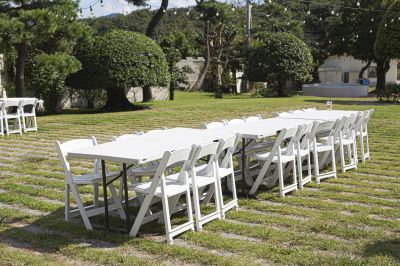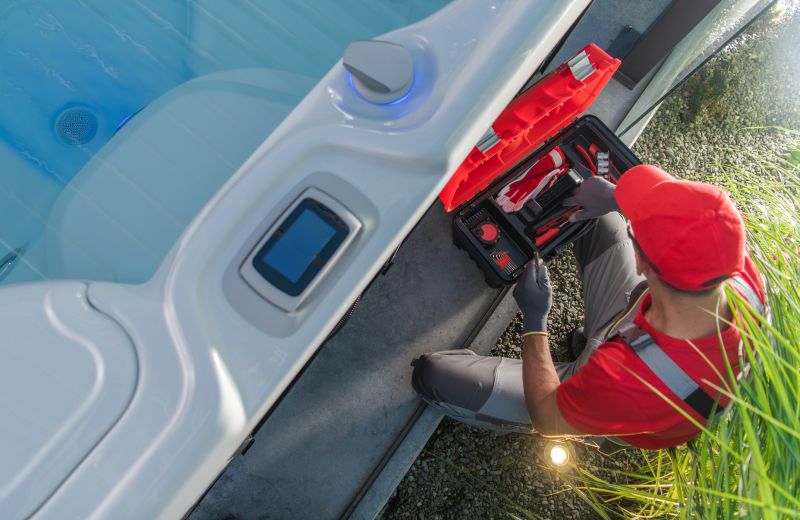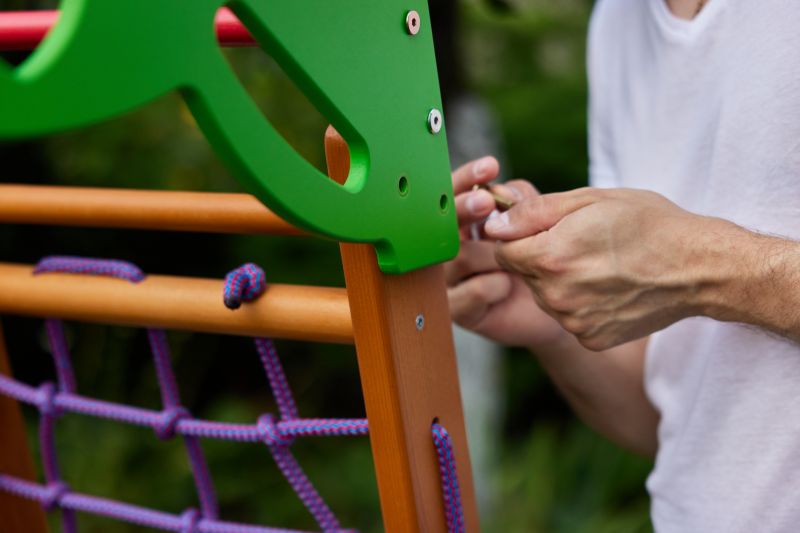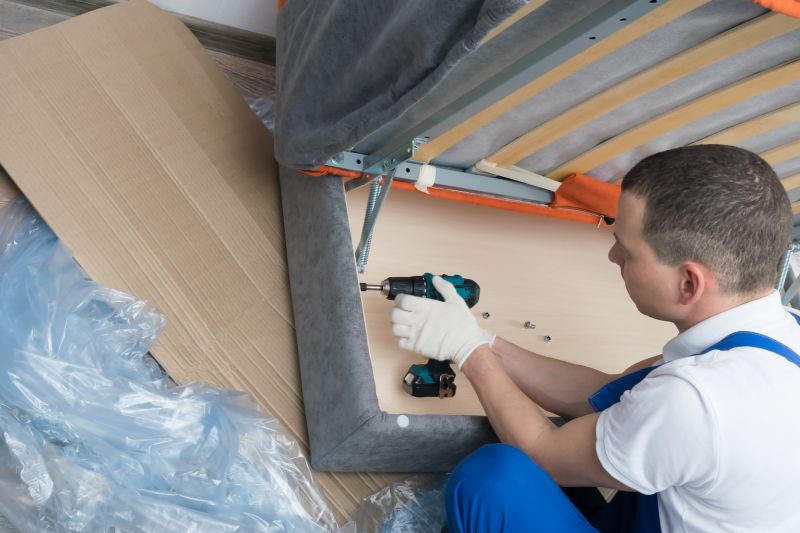Optimal Timing for Assembly Services
Assembly service timing can impact project efficiency and convenience. Understanding optimal periods ensures timely completion and minimizes disruptions.

Scheduling in the morning allows for a full workday to complete assembly tasks efficiently.

Late afternoon sessions can be ideal for projects requiring less daytime activity and more flexible timing.

Weekends provide additional availability, especially for larger or more complex assembly projects.

Choosing early mornings or late evenings can reduce disruptions and improve scheduling flexibility.

Certain seasons offer better weather conditions, making outdoor assembly safer and more efficient.

Urgent projects may require immediate scheduling, regardless of the time of day or season.

Ways to make Assembly Service work in tight or awkward layouts.

Popular materials for Assembly Service and why they hold up over time.

Simple add-ons that improve Assembly Service without blowing the budget.
Scheduling at optimal times ensures efficient use of resources and minimizes project delays.
Weather conditions significantly influence outdoor assembly projects, making seasonal planning crucial.
Timing assembly to align with delivery or other services ensures smooth project flow.
Choosing times when skilled labor and equipment are available can improve project outcomes.

Spring offers mild weather ideal for outdoor assembly projects.

Summer months are suitable for indoor assembly, avoiding outdoor weather issues.

Late evening scheduling can reduce daytime disruptions for clients.

Early mornings provide quiet periods with fewer scheduling conflicts.

Weekends offer flexible options for larger or complex projects.

Planning during off-peak seasons can lead to faster project completion.

Monitoring weather forecasts helps choose optimal days for outdoor work.

Avoid scheduling during major holidays to prevent delays and staffing issues.
| Timing Aspect | Details |
|---|---|
| Morning | Ideal for projects requiring full-day focus and minimal interruptions. |
| Afternoon | Suitable for flexible schedules and smaller tasks. |
| Weekend | Provides additional availability for large or complex assemblies. |
| Off-Peak Hours | Early mornings or late evenings to minimize disruptions. |
| Seasonal | Weather conditions influence outdoor assembly timing. |
| Urgency | Immediate scheduling may override optimal timing considerations. |
Choosing the right time for assembly service depends on project scope, environmental conditions, and personal convenience. Proper planning can lead to faster completion, reduced costs, and higher satisfaction. For outdoor projects, avoiding adverse weather seasons is crucial, while indoor projects benefit from flexible scheduling options. Understanding these factors helps ensure that assembly work proceeds smoothly and efficiently.

Summer offers long daylight hours and warm weather for outdoor assembly.

Winter months are suitable for indoor projects, avoiding weather-related delays.

Finishes and colors that play nicely with Assembly Service.

Using weather forecasts helps plan outdoor assembly during optimal days.

Little measurements that prevent headaches on Assembly Service day.

A 60-second routine that keeps Assembly Service looking new.

A frequent mistake in Assembly Service and how to dodge it.

Small tweaks to make Assembly Service safer and easier to use.
Interested in scheduling assembly services at the most suitable time? Filling out the contact form provides an opportunity to discuss timing options and ensure the project aligns with personal or operational schedules. Properly timed assembly can significantly improve project outcomes and satisfaction levels.
